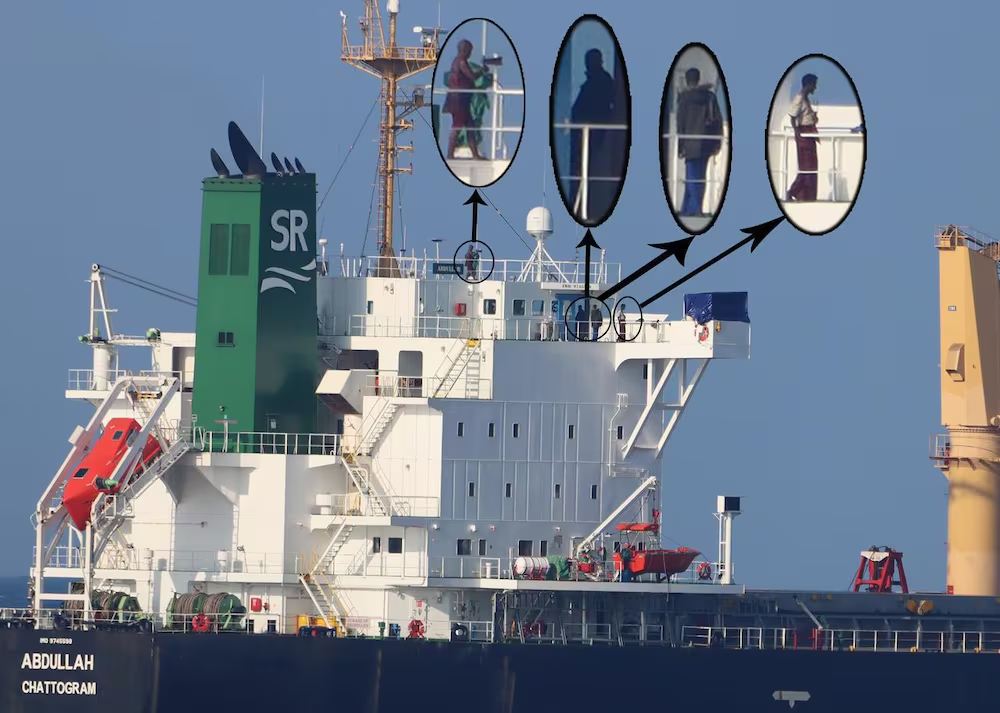The war in Somalia has today the same sign of destruction and death as before the 1993 defeat of the troops from the United States, a country that is still responsible for that situation, although without a considerable presence after leaving that country resoundingly at the time.
Nearly 25 years after that military fiasco against the local guerrillas, which forced then President William Clinton to make that decision and which was recreated in literature and cinema as Black Hawk Down, the U.S. military action continues its presence there with advisors and unmanned planes (drones).
In fact, the United States never left completely, because it was always involved militarily in the country, without renouncing to a more official return either, although it was the U.S. Army’s most resounding defeat after Vietnam (1955-1975).
Washington always planned to restore its presence, both diplomatically and militarily, the latter represented now without many troops, with instructors and advisors who arrived in the country in 2014 for the first time in 20 years, not to mention U.S. intelligence activities and its administrative mechanisms of subversion.
But even that reduced presence, deployed in the capital, Mogadishu, to coordinate operations by the African Union against the Islamists, without neglecting heavy measures to hide the number of troops, although they are estimated at about 100, had its share of defeat during a combat in May against the Islamic group Al Shabab.
During the clash, a Navy Seal was killed and two were injured, being the first U.S. casualties of that kind since the 1993 debacle, an action that was reminiscent of the Black Hawk Down situation (19 soldiers killed, 79 injured, two helicopters down and three others damaged), thus putting the Pentagon in tension again.
The United States’ return to Somalia also showed a new diplomatic sign with the announcement, on June 23, by U.S. Ambassador Stephen Schwartz (with residence in Nairobi, Kenya) that his government would open an embassy here again in late 2017, the first diplomatic mission since the previous one was closed in 1991 after then President Mohamed Siad Barre was overthrown.
Why does the United States insist on that presence in Somalia? Although according to Washington, the simplest explanation is advising and training the ‘inefficient and corrupt’ army to fight the Islamic militias of Al Shabab, political and military experts refer to other geopolitical, military and economic objectives.
Those aspirations are very old, but they had a new phase with the implementation in 2007 of the U.S. African Command or Africom by the Pentagon to control the wealth and political decisions in the region.
Former U.S. Ambassador to Somalia Daniel H. Simpson (1994-1995) noted that part of the reason for his country’s presence is because the United States ‘has its only base in Africa in Djibouti, the former French Somaliland, on the coast relatively near Mogadishu.’
Some officials and media circles, in turn, speculate that Washington’s interest results from Eastern Africa’s energy potentialities,with fields like those in the Basin of Lake Albert, in Uganda, as well as oil and natural gas reserves in Tanzania and Mozambique, while other research works refer to Ethiopia and Somalia.
An executive director of a western firm said on condition of anonymity that this is ‘the last area with a true high potential in the world without being fully explored’.
SOURCE:PLENGLISH



























